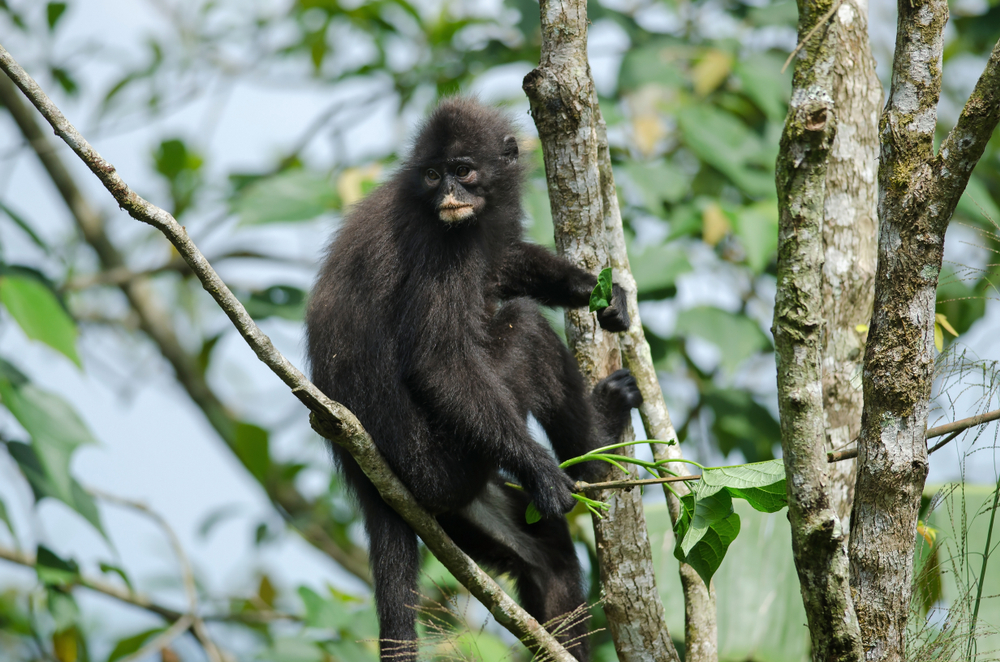Over a century now, the scientists are considering the banded langurs to be a type of tree-dwelling monkey. However, the new research suggested that there are three separate kinds of monkeys. But it isn’t easy to recognize them. The monkeys are found in the areas throughout Thailand, Singapore, Malaysia, Myanmar, and Indonesia. They were never considered to be at the risk of extinction because of their broader approach. However, according to the new report, the two new species of monkeys are the most endangered primates in the world and have an urgent requirement of protection and preservation.
The research’s key motive is to encourage more researchers to study the brand new species of monkeys in Asia. According to Andie Ang, a National Geographic explorer and the research scientist at the Wildlife Reserves Singapore Conservation Fund, there is a vast diversity in the species of the monkeys which are still unknown to all the risk of depleting from Earth. Let’s proceed in the article to grab more information about this new yet critically endangered species of monkey on Earth.
An instinct
Ang had an instinct that different species of monkeys are still unknown to the world, but she was not so sure about it. Thus, to find out information to support her instinct, she, along with a team of international colleagues, found out a way to confirm her instinct without any doubts.
As we all that, Langurs very notorious, thus they are very difficult to catch them or dart them for collecting blood samples. Langurs are very rare yet flighty primates that spend most of their time on the treetops. However, Ang decided to collect the fecal sample or animal scat for collecting the animals’ DNA, its diet, or its microbiome level.
The process of searching for scat
Saying and doing something are two completely different things. You might consider a thing to be slightly easy for you. But wait, we mostly fail in it as nothing is as easy as it seems. Similarly, collecting fecal or animal scat is quite a task. However, let’s look at the process of obtaining the scat or feces:
- After detecting a group of langurs, the researchers had to wait until they move forward and leave loads of feces beneath the tree.
- After the processing of the samples, Ang revealed that they found a genome of 11 individual langurs.
- After complete research, they found out that there is around five to ten percent of difference among three species of banded langurs.
The diversion of the species from another occurred around three million years ago. And the surprise is that they are not even closely related to one another.
The result of the research
After the completion of the process, the discovery gave us two different monkeys – the Raffles banded langur and the East Sumatran banded langur. However, the discovery also brought about an urgent requirement for their conservation. Due to the lack of the population and limited range of each species, they qualify as critically endangered species.
Summing up
The new trend for the researchers for detecting new species is the collection of the fecal samples. Animal poop is the key to unlocking new revelations in the future.




